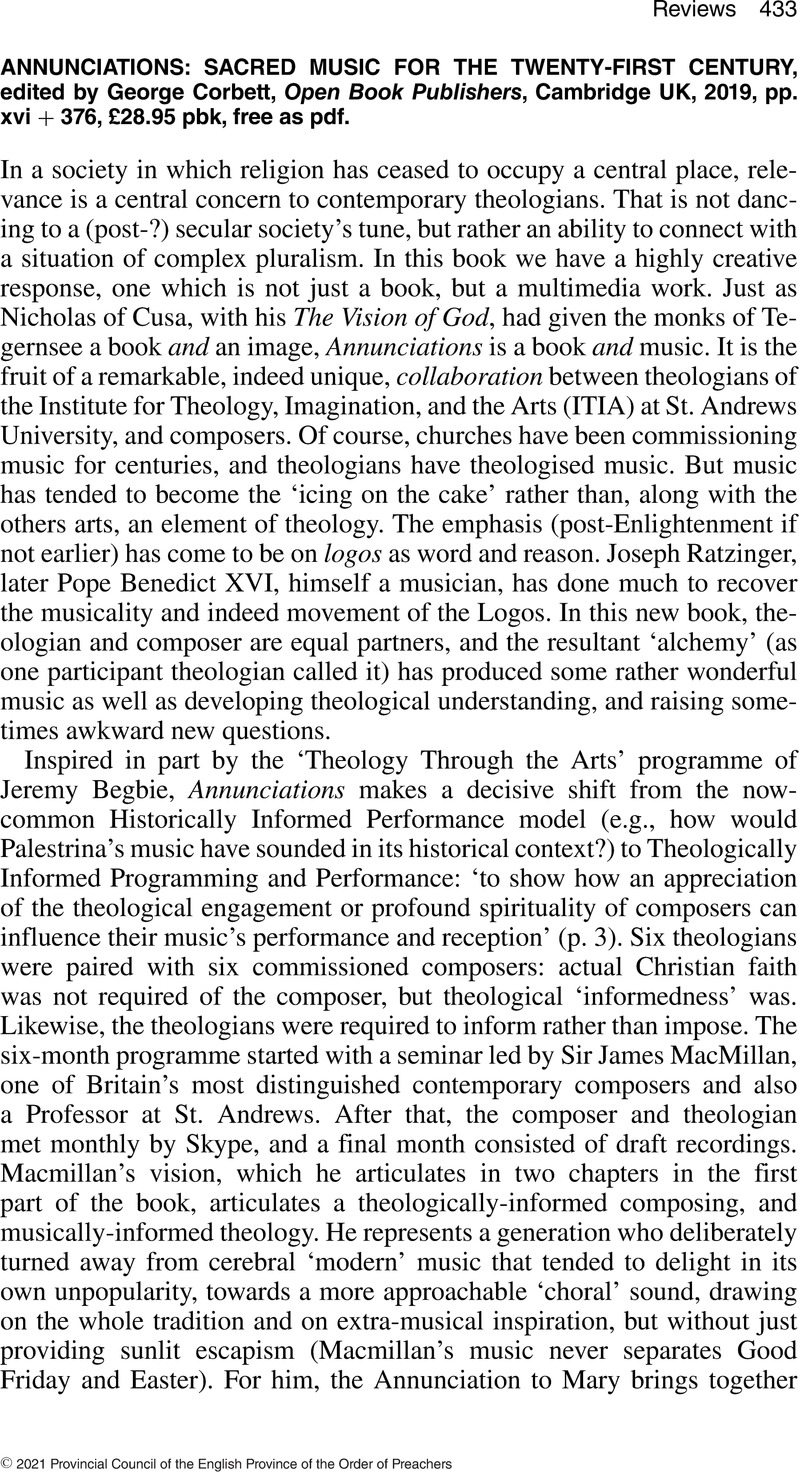Crossref Citations
This article has been cited by the following publications. This list is generated based on data provided by Crossref.
NDZI, LEONARD
2025.
THEOLOGY AS CATALYST: EXPLORING ITS ROLE IN CULTURAL TRANSFORMATION.
Greener Journal of Social Sciences,
Vol. 15,
Issue. 1,
p.
1.



